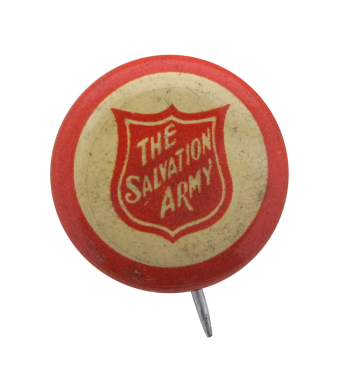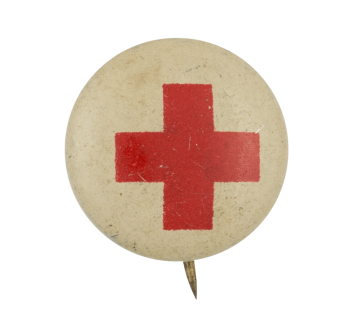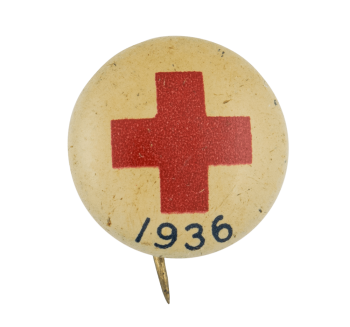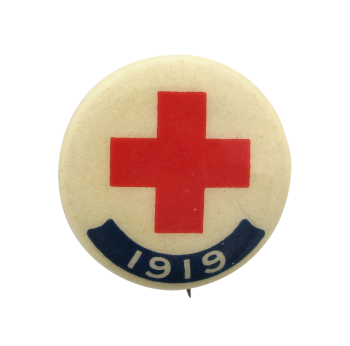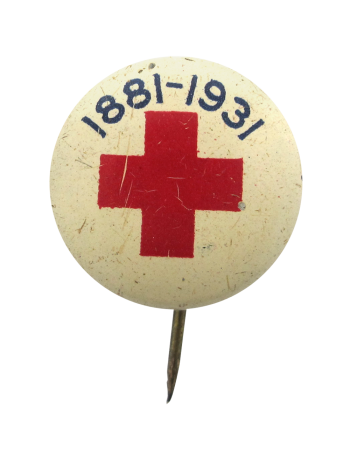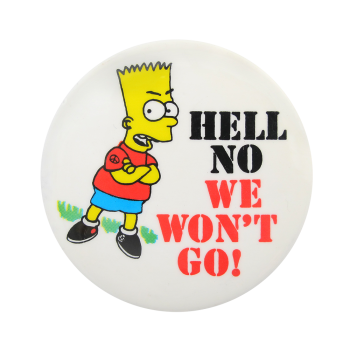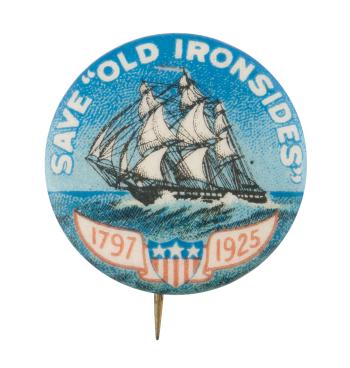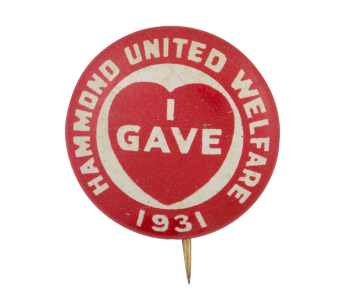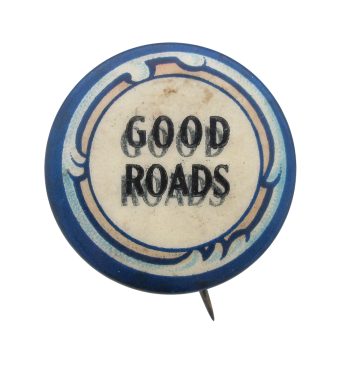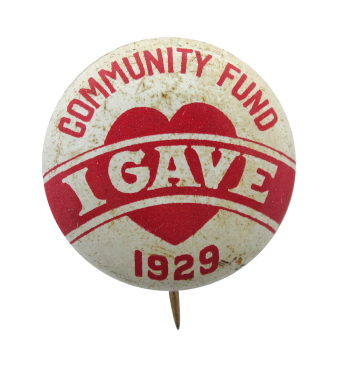The Salvation Army
| Category | |
|---|---|
| Additional Images | |
| Sub Categories | |
| Text on Button | THE SALVATION ARMY |
| Image Description | A illustration of a red shield sits inside a white circle that is surrounded by a red ring. |
| Back Style | |
| The Shape | |
| The Size | |
| Additional Information | William Booth founded the Salvation Army in the late nineteenth century in London. Initially Booth went around the city preaching and converting the souls of the city’s unwanted, such as thieves, prostitutes, gamblers and drunkards. The Salvation Army began to gain a foothold in the United States when Eliza Shirley immigrated to America. The first meeting was held in 1879 in Philadelphia. Shirley wrote to Booth in London to ask for helpers but did not receive any until 1880. Shirley, along with these new volunteers, were initially ridiculed, attacked, and arrested at their street meetings. Nonetheless, the Salvation Army only continued to grow and spread throughout the United States and then into Canada, Australia, France, Switzerland, etc. The Salvation Army continues to “preach the gospel of Jesus Christ and to meet human needs in His name without discrimination.” |
| Catalog ID | CA0097 |

